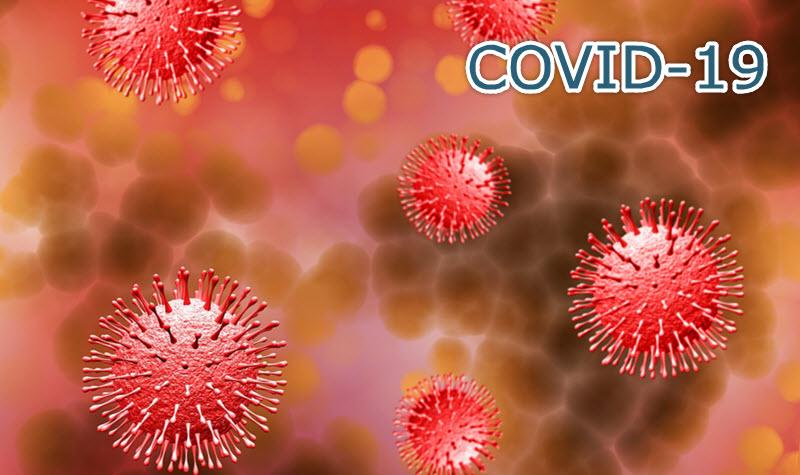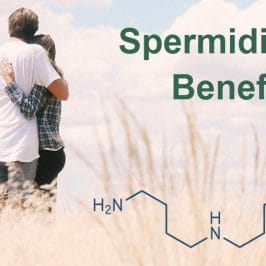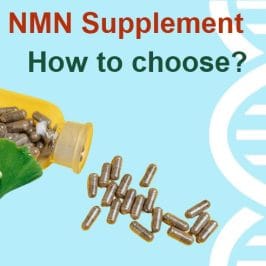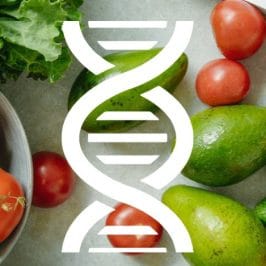Coronaviruses are a large family of viruses that cause disease in both animals and humans. They got their name due to the fact that under an electron microscope their shape resembles a crown. The severity of the disease in people infected with various viruses of the family varies, ranging from a mild illness resembling a cold to diseases with severe clinical symptoms that are dangerous to health and causing the multisystem failure, for example, Middle Eastern respiratory syndrome (MERS) and severe acute respiratory syndrome (SARS).
What is coronavirus disease (COVID-19)?
Previously, the novel coronavirus was not registered as a causative agent in humans. In mid-December 2019, doctors established that the virus was the cause of pneumonia in many people in Wuhan, Hubei Province, central China. Further, the spread of the disease to other provinces of China, as well as to other countries of the world, was recorded. In terms of genetic structure, the SARS virus that caused the epidemic in 2002-2003 is most similar to the novel coronavirus.
02/11/2020 The World Health Organization (WHO) gave the novel coronavirus the name SARS-CoV-2 virus, and the disease caused by this virus – COVID-19. WHO, Coronavirus (COVID-19) events as they happen.
How do people get coronavirus disease (COVID-19)
The vast majority of the first people who fell ill worked or visited the animal and seafood market in Wuhan. Based on this, it is believed that the virus was transmitted from an animal to a person, but it has not yet been determined exactly which animal.
Currently, the virus is transmitted from person to person. The virus is released from the respiratory tract of a sick person, mainly by sneezing or coughing. Drops sprayed by a sick person can be inhaled by other people or fall on surfaces.
People who will soon inhale these drops or touch these surfaces and then touch their mouth, nose or eyes can become infected. It is also possible to become infected by contact with sick people with very mild, not severe symptoms.
How contagious is the SARS-CoV-2 virus
It is currently not known exactly how contagious the disease is. Coronavirus infectivity is likely to be similar to that of the influenza virus. However, those who have recovered, as it turned out, can get sick again after a certain period of time.
Symptoms of COVID-19
In a significant proportion of people who become infected with coronavirus, symptoms do not appear at all. Among patients diagnosed with the disease, the symptoms are similar to flu symptoms. In practice, in most cases, without a special analysis, it is impossible to distinguish between coronavirus and other respiratory diseases.
The most common symptoms of the SARS-CoV-2 virus are fever, fatigue, and dry cough.
One out of six patients has a severe illness., including difficulty in breathing. Elderly people, chronic patients, for example, people suffering from diabetes or people with reduced immunity suffer the disease most severely.
In the most severe cases, the disease can lead to extensive pneumonia, acute respiratory syndrome, kidney failure, and death.
COVID-19 mortality rate
The mortality rate from the disease is approximately estimated at 2%, but since many patients do not have symptoms, it can be assumed that the mortality rate among those infected is lower, although it is probably too early to evaluate it.
The effect of coronavirus on pregnancy, childbirth, and breastfeeding
At the moment, the information remains incomplete, and the data is based on individual observations, as well as data on known diseases caused by similar viruses:
- There is currently no information on short-term or long-term damage to the fetus and newborn as a result of infection of the mother during pregnancy. In case of infection with other types of viruses of the coronavirus family, miscarriages have been described in cases with a mother’s disease.
- Children born to mothers who had coronavirus during childbirth were not carriers of the virus; moreover, the virus was not detected in the amniotic fluid.
- Until today, coronavirus has not been detected in breast milk and, apparently, it is not transmitted by breastfeeding. It is worth noting that breastfeeding is carried out with close contact, as a result of which the virus can be transmitted through discharge from the respiratory tract or by touching.
Diagnosis of coronavirus
Diagnosis of the disease is carried out through laboratory analysis of discharge from the respiratory tract. Only people who are suspected of being exposed to the virus and who have the corresponding clinical symptoms are referred for diagnostic analysis.
What is the difference between coronavirus and influenza virus?
Coronavirus and influenza viruses may have similar symptoms, but genetically they are completely different.
Influenza viruses multiply very quickly – symptoms appear two to three days after infection, and the coronavirus takes up to 14 days to do this.
Coronavirus disease treatment
The fact is that so far there is no specific antiviral drug from the new coronavirus. Just as there is no specific treatment for most other respiratory viruses that cause colds.
Viral pneumonia, the main and most dangerous complication of coronavirus infection, cannot be treated with antibiotics. The main treatment is maintenance therapy in accordance with the clinical condition of the patient. In the case of pneumonia, treatment is aimed at maintaining lung function.
Who is at risk?
People of all ages run the risk of contracting the virus. The Wuhan Health Commission said in a statement that the age of the 60 most recent cases is between 15 and 88 years old.
However, as with most other viral respiratory diseases, children and people over 65 are at risk. People with a weakened immune system are at risk for a severe course of the disease.
Coronavirus vaccine
Currently (In March 2021), vaccines have already been created and successfully used to prevent coronavirus infection. In many countries, mass vaccination of the population with such vaccines has begun. The most widely used vaccines are Pfizer/BioNTech and AstraZeneca, which have been approved by WHO. Also, scientists are working to create a drug for the treatment of the coronavirus COVID-19.
Coronavirus prevention measures
It is always recommended that you follow the same hygiene rules that help prevent other respiratory viruses such as the flu. These are the main measures:
- Wash hands frequently with soap and water or an alcohol-based antiseptic. This must be done after coughing and sneezing, as well as after contact with the patient or his environment.
- Always wash your hands before eating.
- Refrain from close contact with patients suffering from acute respiratory infections.
- Keep at least 2 meters away from patients who are coughing or sneezing.
- Refrain from shaking hands and other physical contacts.
- Refrain from touching the face, mouth, nose, and eyes.
- Sneezing and coughing in a bent elbow. Carry disposable wipes with you and always cover your nose and mouth with them when you cough or sneeze, and be sure to dispose of them after use.
- Refrain from using shared utensils during the same meal.
- Refrain from staying in public places, if you feel sick.
- If possible, stay at a distance of 2 meters from all other people.

What is the power of a medical mask?
Under normal conditions, we get certain bacteria, viruses or antigens, because they are, for example, on food. This is normal and perfectly adequate, as it should be. The meaning of the mask is completely different. You will be able to reduce the dose of the virus you will receive. This is good for you. But there is an equally important point: with a mask, you reduce the dose that you spread around you if you are infected. This is an important point. If a sick and a healthy person contact, but at the same time both are wearing masks, then a healthy person, if ill, will transfer the coronavirus in a mild form. If the mask is only on a healthy person, then there is a chance to get a serious form of the disease. Thus, the possible dose of infection is regulated by masks. The situation of a pandemic, when millions of people are sick, is completely serious. Therefore, wearing masks is a social necessity.
What is close contact?
Close contact is a stay at a distance of fewer than 2 meters for 15 minutes or more with a person who has been diagnosed with coronavirus.
Conditions under which home quarantine is required
If for 15 minutes or more you were in the same room with a stranger, and later you became aware that he was diagnosed with a coronavirus, then you should be in-home quarantine.
========================================
Given that there is no cure yet, and vaccines against coronavirus (COVID-19) have just begun to be applied, additional measures must be taken to prevent the disease.
For example, a supplement such as Immune Defense is not a panacea and there is no evidence that this supplement will prevent coronavirus infection. However, these Immune Defense Zinc Lozenges can be vital immune support for the well-being of the entire family, including children 12 years of age and older.
It is important to understand that sometimes a person infected with a coronavirus and not knowing about it can feel healthy and be without the characteristic symptoms of the disease. But at the same time, it can already be contagious to others during this period.









Leave a Reply